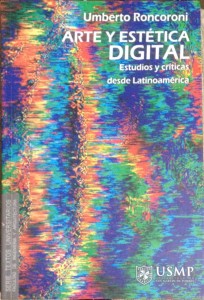Let’s say journalism — as a concept — is a software application. Software is a set of instructions that tells a computer what to do and how to do it. To make this comparison, I’ll use WordPress.
Journalism is a tool to be used, both by those who practice it and those who engage with it.
Journalism is inherently interdisciplinary, both in the subjects it covers and how those subjects are covered.
Journalism can applied to any subject, or theme. There are some basic themes you can start with and modify. Child themes can be derived from parent themes; for example, online learning as a child theme of education.
Journalism has core features. Research, reporting, verification, creation and more.
Journalism has more advanced functionality you could call plugins. These can improve the process or the product (here, meaning outcome). Analysis, visualization and feedback/participation mechanisms, for example. Sometimes that functionality gets incorporated into core.
The point is not to make an arbitrary comparison. And, yes, some of these comparisons are apples to oranges.
The point is to think more abstractly both about the concept of journalism and about journalism concepts. The basic ideas. The individual pieces. The fundamentals.
Journalism should be seen as a modular platform that we can customize, develop and improve.
Journalism is an open-source framework constantly in development.
No one owns journalism. No one controls journalism. Anyone can implement it. Anyone can fork it. Anyone can hack at its core.
What are you developing?
Update: I changed “practice” to “concept” in the first line. I think that’s more the frame I was looking for, as indicated by the 8th paragraph.
